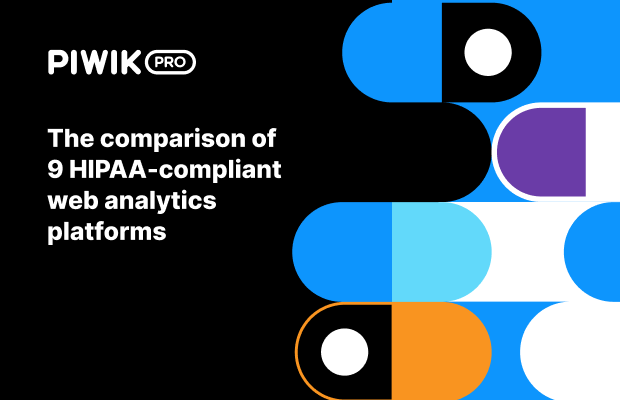Ecommerce analytics is the process of gathering data about online stores to help understand purchasing trends, customers, and shifts in their behavior. With the help of various metrics, companies make data-driven decisions and increase sales.
There are five main types of ecommerce analytics, each with a dedicated set of metrics:
Acquisition helps you learn how your visitors found your website and what type of channels brought them to you. Then, you can audit your marketing activities to see which ones are working. You can also determine which channels drive the most conversions and focus your attention on them.
- Cost per customer acquisition (CAC) shows how much money it takes to gain a new customer. It helps you plan and allocate marketing budgets appropriately.
- Cost per lead (CPL) is the average cost of generating new business leads.
- Click-through rate (CTR) measures how many users click on a specific link compared to how many view the content.
Audience informs you about your customers’ demographics, the types of devices they use, how they browse your online store, and their purchasing preferences. Companies can use that data to adjust their offer, personalize advertising to their audience, or choose the content they want to display on their website.
- Engagement is the number of visitors that engage with your content.
- Impressions are the total number of times people saw your post. They are always higher than reach because one visitor can have multiple impressions for a single piece of content.
- Reach is the number of people who have seen your content, which you can improve through regular campaigns.
- Sessions help you create more engaging content and increase conversions. A session starts when a visitor sees a website or opens a mobile app and usually ends after 30 minutes of inactivity.
Behavior lets you learn about customers’ activity on your website, such as the products they buy, where they click first, how long they stay on the website, or what makes them leave. With that data, you can understand the customer journey and make changes to your online store to boost engagement.
- Bounce rate tells you the percentage of people who came to your website and left without doing anything. It’s a way to measure visit quality – a high bounce rate means that the page should be improved to be more relevant to your visitors.
- Page or screen views measure how many times a visitor sees a page. Using this data helps you understand how popular your ecommerce page is or see if any changes to the site increase or decrease the number of visits. You can also see how many pages people view in one visit, which tells you if your content is engaging.
- Returning visitors shows the number of people who have visited a website and are coming back.
Conversion shows the result of a desired action defined in advance as the company’s goal, such as making visitors purchase a product or click on particular content.
- Average order value (AOV) measures the average amount customers spend per order – a high AOV means that your business is doing well.
- Cart abandonment rate shows when visitors add items to their cart but decide not to buy them. Reasons for such behavior include unexpected shipping costs, website errors, a complex checkout process, a declined card, or customers not being ready to buy.
- Conversion rate is the percentage of visitors who take action on your website. It gives you an overview of how your website visitors become actual customers. You can measure how long it takes to convert them, whether they will repeat their purchases, or how many visitors abandon their cart instead of converting. Such data can help you determine how to engage with visitors and potential customers.
- Sales conversion rate is the percentage of visitors who make a purchase in your online store.
Revenue shows the money collected from customers when they purchase things or services. It shows all your efforts – from marketing and analytics to website optimization.
- Customer lifetime value (CLV or CLTV) shows the predicted value your customers will spend with your ecommerce website. Calculating lifetime value helps you understand how much you can invest in retaining the customer for a maximum return.
- Customer retention rate vs. churn rate — customer retention rate represents the percentage of customers the company has gained. In contrast, the churn rate is the percentage of customers a company has lost over a specified period.
- Paid marketing activities help you determine your exact return on investment (ROI) for various paid marketing campaigns. Assessing your marketing campaigns will prevent you from spending money on efforts that are not helping your bottom line.
- Revenue per visitor (RPV) is a metric that shows the amount of money generated each time a customer visits your website. It is calculated by dividing the total revenue earned during a given time by the number of visitors during the same period.









